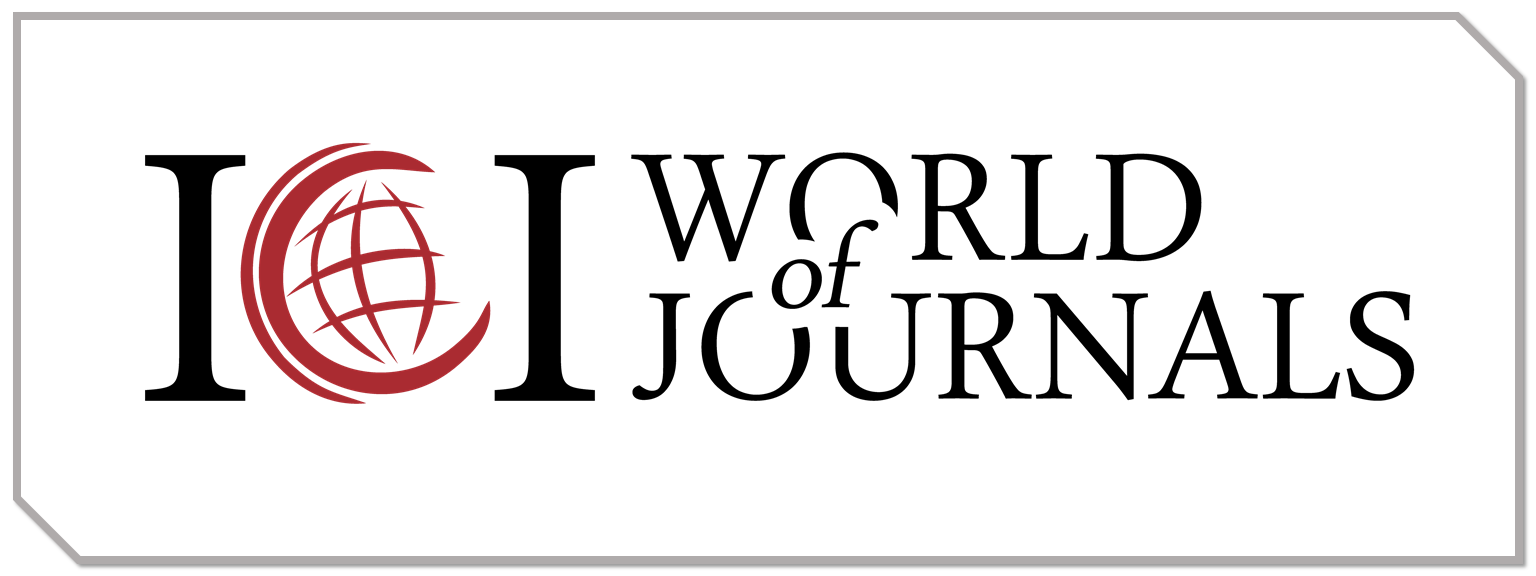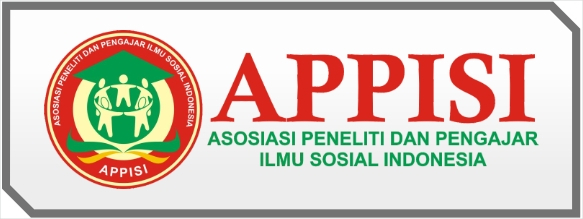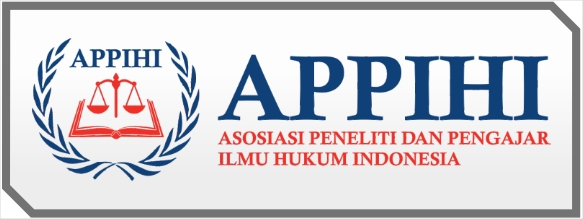The Moral Value of The Film “Bumi Manusia”
DOI:
https://doi.org/10.55606/khatulistiwa.v2i1.640Keywords:
Struggle; fighter figures; colonial period; novel.Abstract
The film Bumi Manusia is a film derived from a novel by a writer who has a lot of history in Indonesia as well as literati, namely Pramoedya Ananta Toer or often called Pram. In making this novel, he tells the story of the Dutch East Indies colonialism that existed in Indonesia during the colonial period at that time. Various conflicts during the period of colonialism appeared with stories neatly wrapped by Pram. The creation of narratives in this novel is very much related to the problem of romance, humanity, instead of ideology that is contrary to Pancasila. Pramoedya Ananta Toer or known as Pram has many great historical works. In addition to making novels, Pramoedya Ananta Toer is also a poet. One poem that is familiar to the ear is Gerak Juang. This poem is also made in the novel Bumi Manusia. In addition, there is also a poem that he made entitled Selembut Metafora Hati. The purpose of making this paper is to analyze the moral values contained in the film Bumi Manusia. This film has the value of the spirit of the struggle of indigenous figures against and fights for the position of the Indonesian people against Dutch discrimination during the Dutch colonial period at that time. At that time Minke was a native who attended HBS, a school that only accepted European descent. However, Minke was able to go to school there because he was the son of a celebrity, clever and good at writing. This film was released before Indonesia's independence day so that the audience remembers and reflects on the indigenous struggles in the colonial era. The study was written using qualitative methods that show moral values in the film. This research is expected to increase knowledge and insights about freedom fighter figures. Researchers expect good results from readers through this study.
References
Ali, I. F., Tolapa, M., & Nua, S. P. (2022). Analisis Semiotika Unsur-Unsur Budaya Jawa Timur Dalam Film Bumi Manusia. Hulondalo Jurnal Ilmu Pemerintahan dan Ilmu Komunikasi, 1(1), 50-62.
Foulcher, K. (1981). " Bumi Manusia" and" Anak Semua Bangsa": Pramoedya Ananta Toer Enters the 1980s. Indonesia, (32), 1-15.
Hastuti, N. (2018). Novel Bumi Manusia Karya Pramoedya Ananta Toer Kajian Sosiologi Sastra. Humanika, 25(1), 64-74.
Hastuti, Nur. "Novel Bumi Manusia Karya Pramoedya Ananta Toer Kajian Sosiologi Sastra." Humanika 25, no. 1 (2018): 64-74.
Helandri, J. (2021). Analisis Komunikasi Antar Budaya dalam Film Bumi Manusia. El-Ghiroh: Jurnal Studi Keislaman, 19(1), 47-60.
Murdiono, M. (2008). Metode penanaman nilai moral untuk anak usia dini. Jurnal Kependidikan: Penelitian Inovasi Pembelajaran, 38(2).
Nawawi, Ahmad. "Pentingnya pendidikan nilai moral bagi generasi penerus." Jurnal kependidikan: insania 16, no. 2 (2011): 119-133.
Purwaningsih, Endang. "Keluarga dalam mewujudkan pendidikan nilai sebagai upaya mengatasi degradasi nilai moral." Jurnal Pendidikan Sosiologi dan Humaniora 1, no. 1 (2012).
Purwanti, S. E., & Mujiyanto, Y. (2015). THE IDEOLOGY IN THE INDONESIAN-TO-ENGLISH TRANSLATION OF CULTURAL TERMS IN TOER’ S BUMI MANUSIA. English Education Journal, 5(2).
Risnawati, R., Anshari, A., & Abidin, A. (2016). Pertentangan dan Kesadaran Kelas dalam Novel Bumi Manusia Karya Pramoedya Ananta Toer (Pendekatan Teori Marxis). RETORIKA: Jurnal Bahasa, Sastra, dan Pengajarannya, 9(1).
Taqwiem, A. (2018). Perempuan Dalam Novel Bumi Manusia Karya Pramoedya Ananta Toer. Perempuan Dalam Novel Bumi Manusia Karya Pramoedya Ananta Toer, 7(02).Taqwiem, Ahsani. "Perempuan Dalam Novel Bumi Manusia Karya Pramoedya Ananta Toer." Perempuan Dalam Novel Bumi Manusia Karya Pramoedya Ananta Toer 7, no. 02 (2018).















